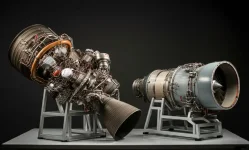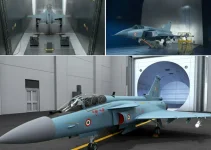- Views: 709
- Replies: 7

Puspak, the Rusable Launch Vehicle Autonomous Landing Mission (RLV LEX), was unveiled to Prime Minister Narendra Modi during an official event at the Vikram Sarabhai Space Centre (VSSC) in Thiruvananthapuram, Kerala. The news showcases India's rapidly developing aerospace technology and innovation capabilities and represents a major milestone in the country's space exploration efforts.
The RLV, renamed Puspak, is an innovative project that the Indian Space Research Organisation (ISRO) has been working on to transform space travel. The primary goal of the RLV is to accomplish autonomous landing capabilities, which will allow launch vehicles to be reused. This accomplishment has the potential to completely transform the dynamics of space missions.
An essential part of the fully functional Reusable Launch Vehicle is its ability to place satellites into orbit and then return to Earth by landing precisely on specified runways. The RLV represents a paradigm shift in launch vehicle technology by making reusability its defining characteristic, in contrast to traditional launch vehicles that are usually discarded after a single use.
The RLV's technological strength is found in its simplified design, which requires just two stages to launch the rocket into orbit. When the first stage's fuel runs out, the vehicle switches to the second stage without a hitch to keep going. The first stage, which is discarded, will re-enter the Earth's atmosphere on its own and land precisely at a designated spot.
The creation of a reusable launch vehicle has numerous strategic significance. It offers to improve the sustainability and efficiency of space exploration projects in addition to drastically lowering the costs related to space missions. Through its ability to facilitate the recovery and restoration of launch components, the RLV offers a more cost-effective and ecologically friendly method of space exploration.



